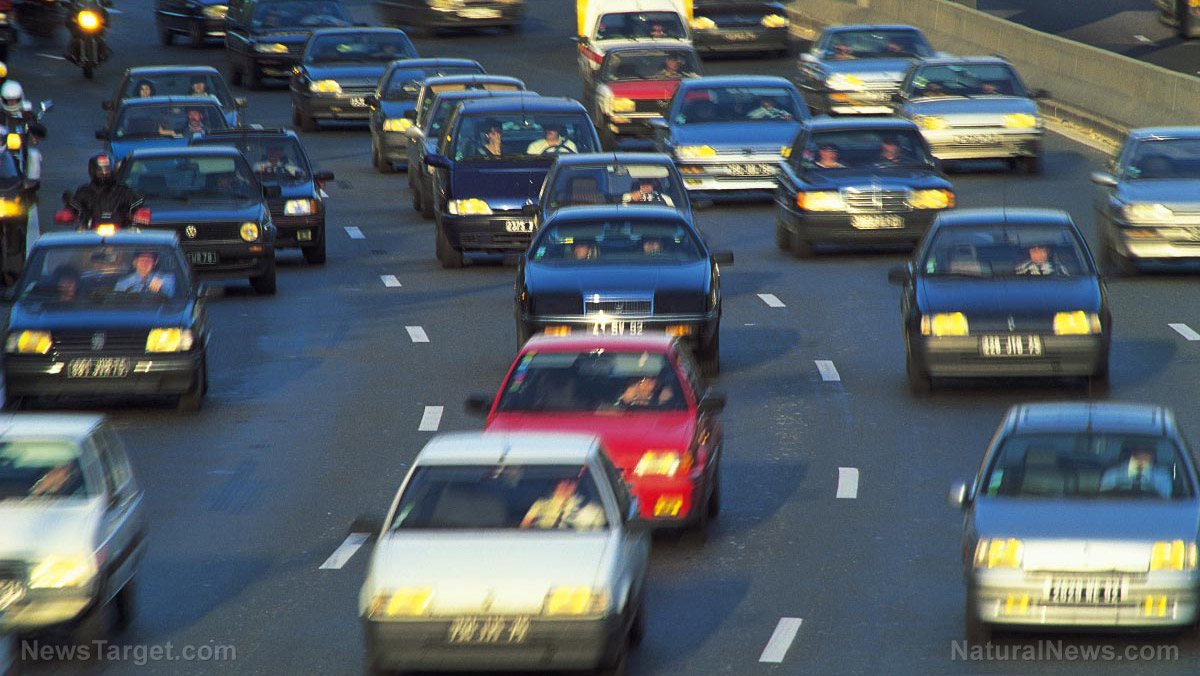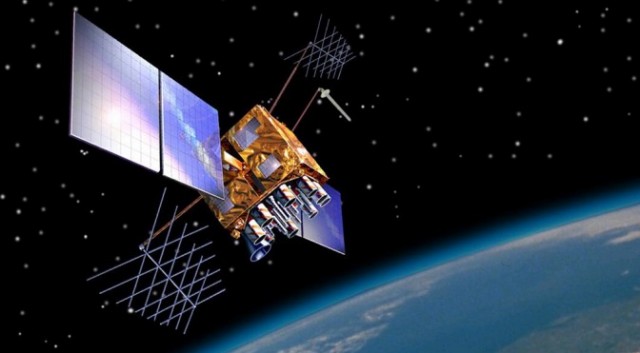FALSE START: Cruise self-driving vehicles cause traffic jam in San Francisco streets just a day after city expanded robotaxi services
08/22/2023 / By Laura Harris

Just one day after the supposedly successful implementation of expanded self-driving taxi use in San Francisco, 10 of these robotaxis immediately caused a traffic jam in the city, blocking two narrow streets in the center of the lively North Beach bar and restaurant district of San Francisco.
According to eyewitnesses, the automated vehicles sat motionless for a full 15 minutes with their parking lights blinking as they seemingly struggled to navigate the situation. The automated vehicles left human drivers perplexed as they struggled to maneuver around the immobile robotaxis, but eventually, the vehicles “woke up.”
The cause of the incident remains publicly unknown, but Cruise, the company overseeing the robotaxi project, pointed fingers at cellphone carriers for the traffic jam.
Cruise Government Affairs Manager Lauren Wilson claims LTE cell connectivity outside San Francisco affected the ability of the robotaxi advisors to effectively route the vehicles. (Related: Award-winning study: Self-driving cars more likely to cause traffic incidents and pose hazards due to their limited understanding of human behavior.)
Moreover, one social media account uploaded video footage and reported the incident on Twitter, stating that the “self-driving operations experienced a meltdown.”
In response to the incident, Cruise acknowledged that the vehicles faced “wireless bandwidth constraints due to a large festival nearby, causing delayed connectivity to our vehicles.”
“We are actively investigating and working on solutions to prevent this from happening again,” the company stated.
Self-driving taxis are not ready for full deployment
Because of the incident, Aaron Peskin, a representative of the San Francisco Board Supervisors at North Beach, stressed that in times of major emergencies or fire requiring swift evacuation, non-moving robotaxis could severely hinder the evacuation process and put more lives at risk.
As a result, Peskin now aims to reverse the decision of the California Public Utilities Commission to allow robotaxis to operate non-stop in San Francisco. He even criticized the state government’s decision as “influenced by external interests,” so he extended the situation to the ethical implications and necessity of public safety.
Cruise, known for its long-term goal of deploying one million robotaxis on American streets by 2030, has been a vocal advocate of the safety and efficiency of self-driving cars. Their autonomous vehicles, backed by advanced artificial intelligence systems, have impressively logged millions of miles on public roads without a single fatality.
But the bustling streets of San Francisco, with a dynamic mix of pedestrians, cyclists and public transit, have proven to be an unexpectedly tough challenge for autonomous vehicles. Reports suggest that robotaxis have encountered issues ranging from unplanned stops to blocking lanes and causing unanticipated interactions with public infrastructure.
Jeffrey Tumlin, the head of San Francisco’s Municipal Transportation Agency, pointed out that the complexity of the streets of San Francisco can be overwhelming for these vehicles.
Steven Shladover, a respected research engineer at the University of California, Berkeley, and who has advised state officials on autonomous vehicles, emphasized that there will always be scenarios where the vehicle’s behavior mirrors that of an inexperienced driver despite the advancements made by Waymo and Cruise in their autonomous technology. “It’s an adolescent, not yet an adult,” he stated, highlighting the ongoing developmental stage of the vehicles.
Furthermore, Jeanine Nicholson, the chief of the San Francisco Fire Department, contested the claims of the companies about their safety records, pointing to 55 documented incidents of robotaxis interfering with emergency response activities.
“They are still not ready for prime time because of the way they have impacted our operations,” Nicholson asserted.
Learn more about autonomous vehicles at RoboCars.news.
Watch as Yuval Noah Harari and Elon Musk discuss self-driving cars.
This video is from the Thrivetime Show channel on Brighteon.com.
More related stories:
Young protesters use traffic cones to paralyze self-driving cars in San Francisco.
Study finds lasers can blind self-driving cars and make them crash into objects or pedestrians.
Self-driving cars are causing traffic incidents all over San Francisco.
Sources include:
Submit a correction >>
Tagged Under:
autonomous cars, autonomous vehicles, big government, chaos, computing, cyborg, Dangerous, driverless cars, future tech, Glitch, information technology, inventions, national security, road safety, robo taxis, robocars, robotics, robots, San Francisco, self-driving cars, traffic, transportation
This article may contain statements that reflect the opinion of the author
RECENT NEWS & ARTICLES
COPYRIGHT © 2017 CYBER WAR NEWS

















